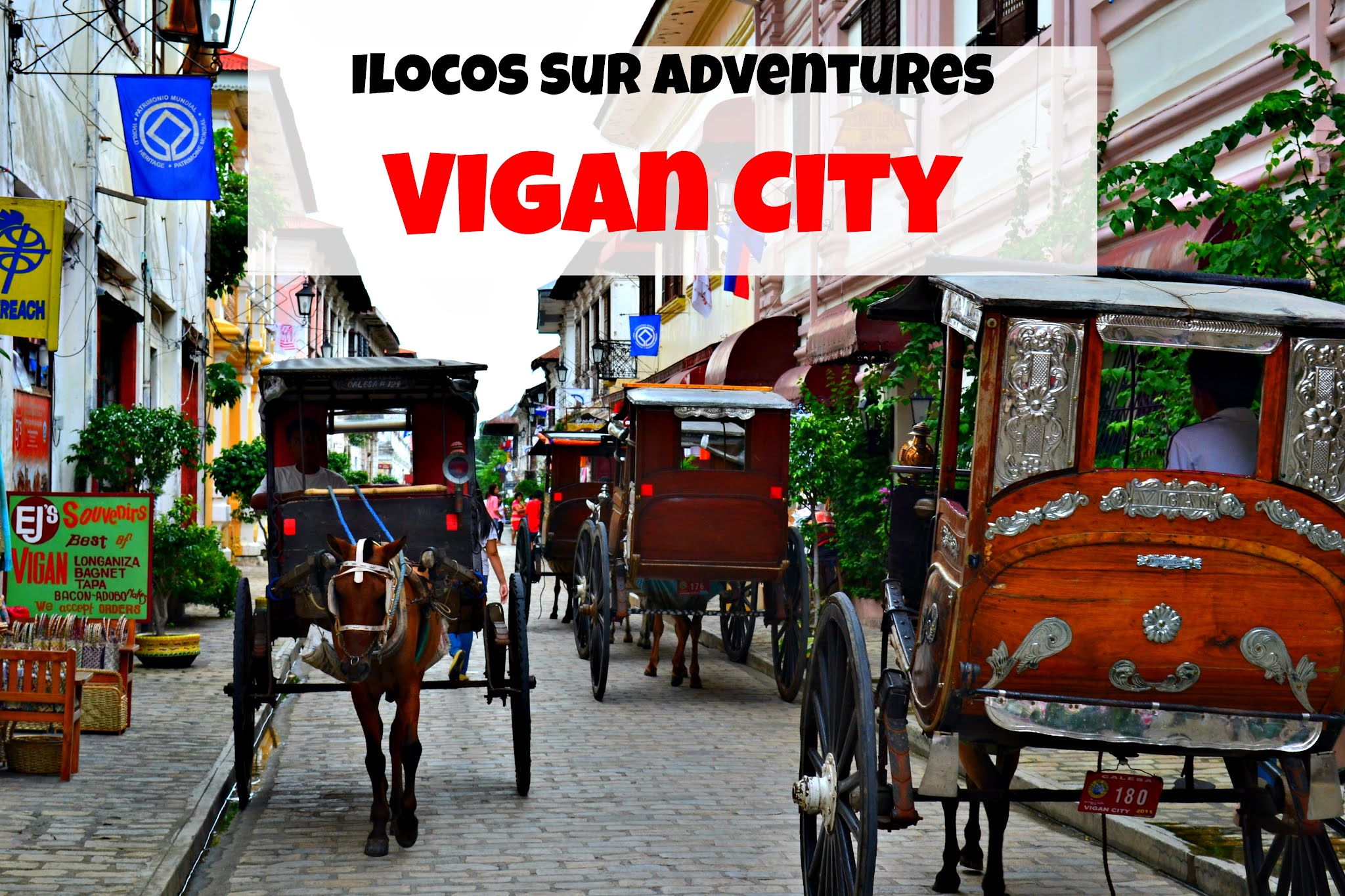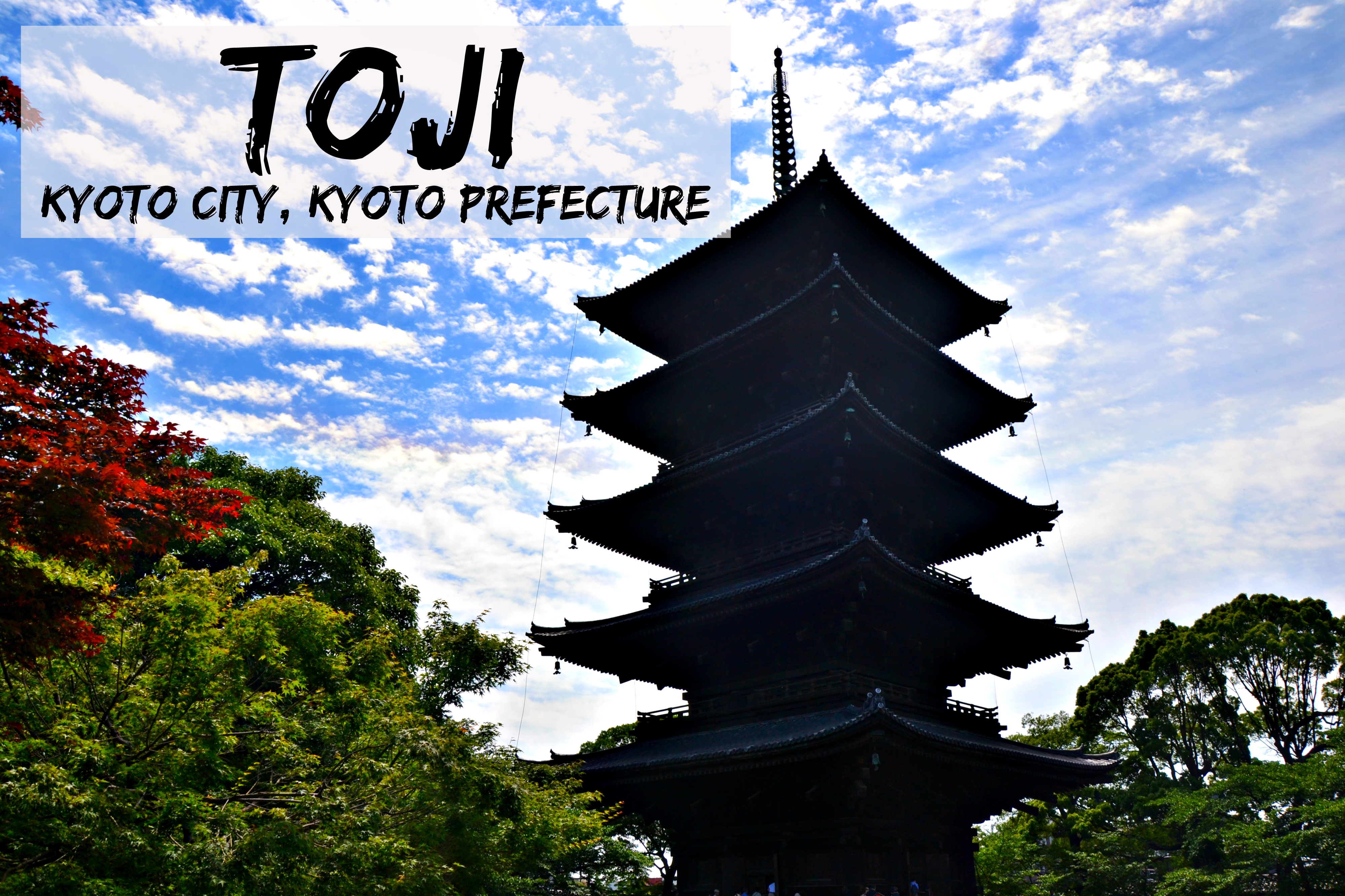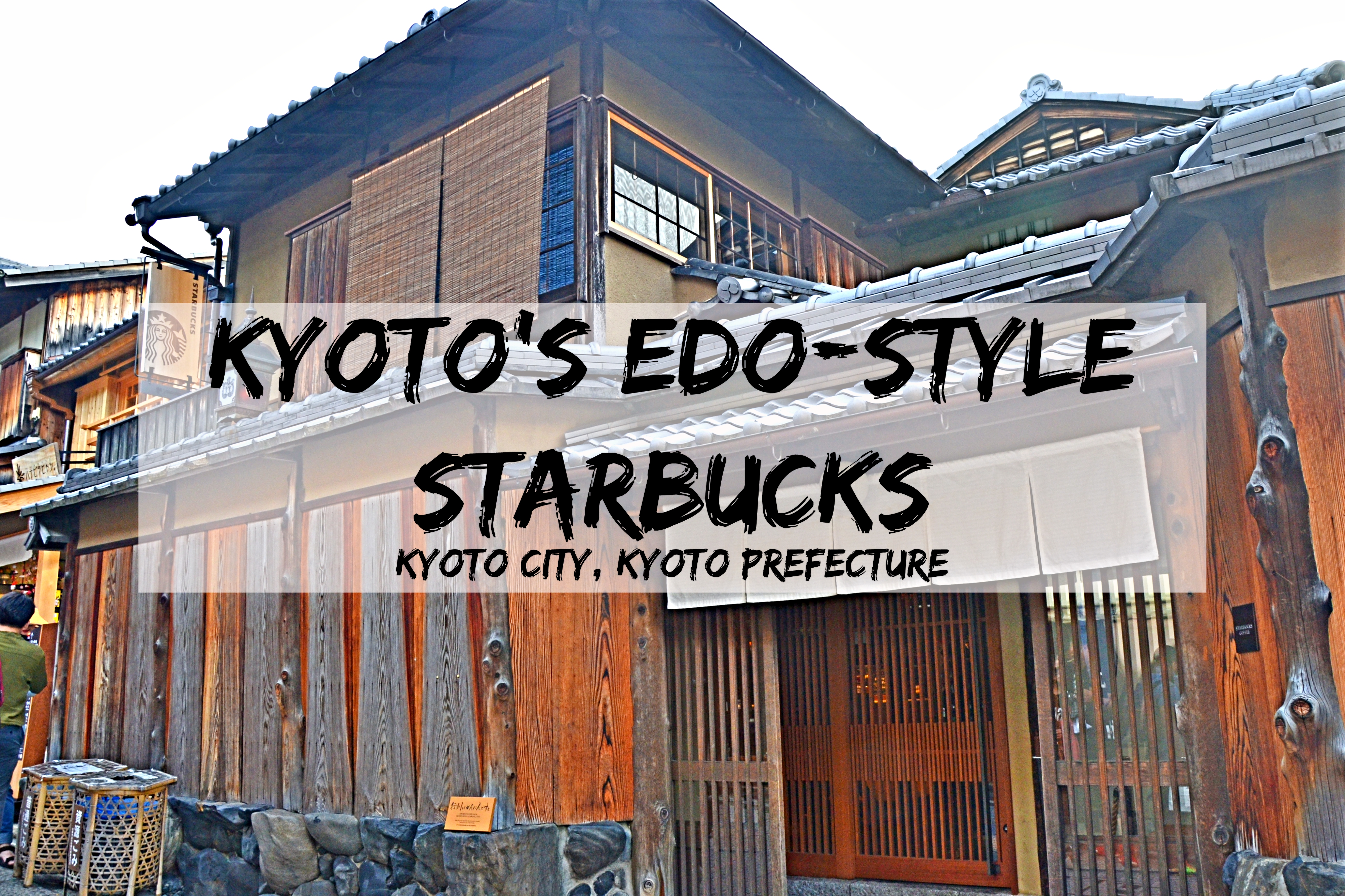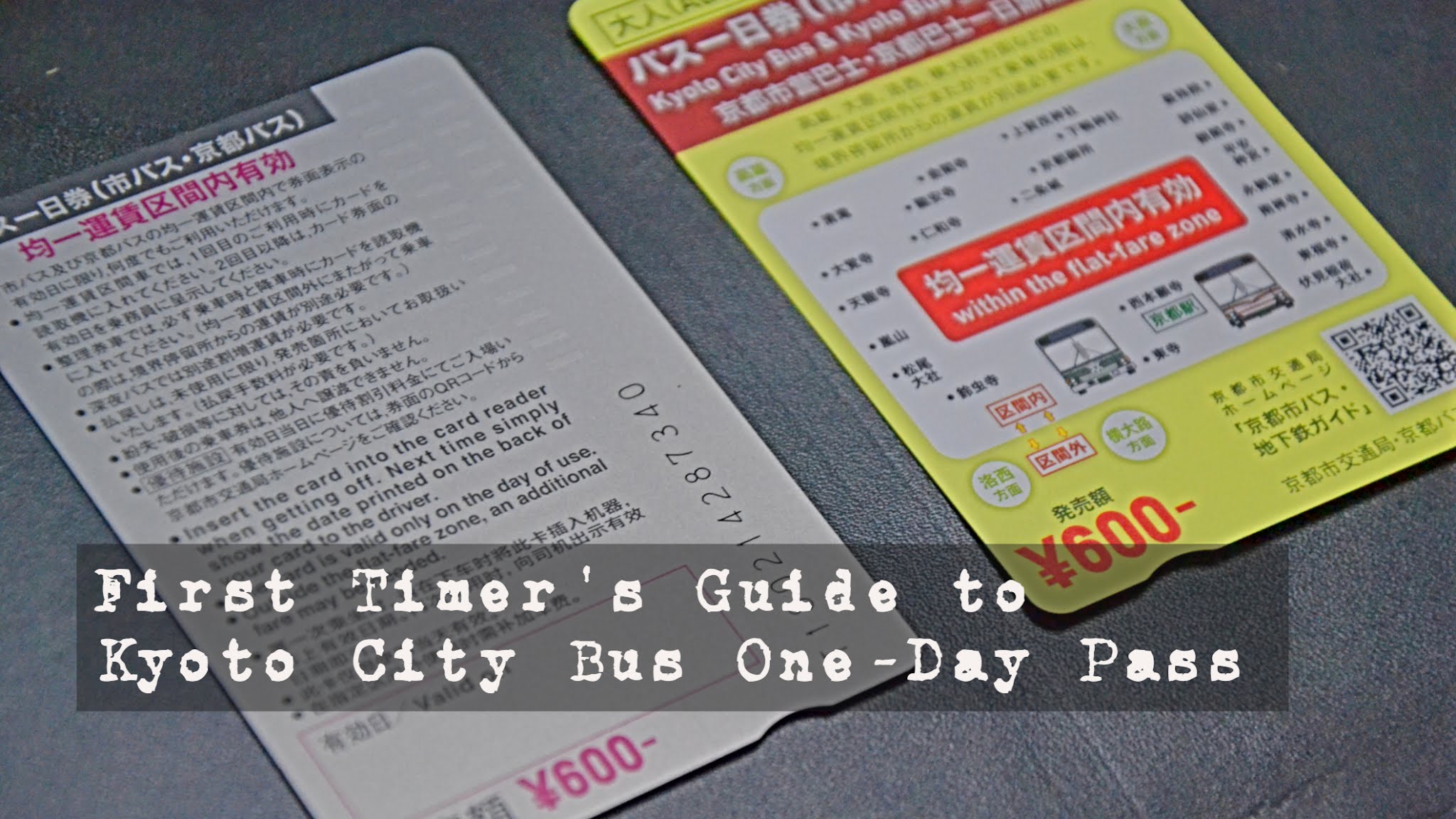Located in 8 Daibutsu-cho Gifu City in Gifu Prefecture, Shoboji (正法寺) is known as the temple which houses one of the three largest Daibutsu or Great Buddha statues in Japan.
 |
| Shoboji (正法寺) |
Shoboji and Gifu Daibutsu History
Officially named Kinpouzan Shobouji (Temple) and also called Shohoji, Shoboji was first established in 1638. It joined the Obaku school in 1692. Although the temple incorporated many aspects of the Obaku school, its architectural style and sacraments are in the Chinese style.
 |
| The Gohyakuran on the left side of the temple |
 |
| The Gohyakuran on the right side of the temple |
For those who are planning to visit, keep in mind that there is an entrance fee of 200 yen. Upon paying the said fee, you would receive an English brochure explaining Shoboji's history.
 |
| Here's one sculpture that's quite revered by many. Can someone tell me who he is? |
My family and I got to visit Shoboji during our 18th day in Japan. It was our last trip before leaving Gifu City to go back home. During our quick visit, it was only my godfather and me who went to the temple. My wife and daughter decided to stay in the car to rest after using much of their energy during our mini-hike to Gifu Castle.
Mr. Toshi toured with me inside the Shoboji explaining bits and pieces of the temple's history that were not mentioned in the brochure. He also translated numerous Japanese words in the temple. Before leaving, I made sure to get a goshuin for my collection.
 |
The Backpack Adventures visits Shoboji
|
Shoboji Admission Fee:
To enter Shoboji visitors have to pay an admission fee of 200 yen per adult and 100 yen per child.
Shoboji Opening Hours:
Shoboji is open from 9AM - 6PM April to October and 9AM - 5PM November to March.
Why visit Shoboji?
Overall, the temple and the Great Buddha might not be as big as that in Todaiji in Nara Prefecture but it is equally rich in history. It is one of the few must-visit temples in Gifu City.
Getting to Shoboji Temple:
From Gifu Station or Meitetsu Gifu Station, board a bus going to Nagara. Board down at Gifu Koen, Rekishi Hakubutsukan-mae which is about 15 minutes away from the train station. Shoboji is several meters away and can be reached on foot.
Ratings:
 |
| Pilgrims |
 |
| Cleanliness |
 |
| Overall rating |

































WOW WOW WOW!!! THis is so incredible!!! It's absolutely breathtaking
ReplyDeleteI agree with you Ashli. That's what came to my mind when I saw the giant Buddha (Daibutsu)
DeleteWhat a lovely temple, it looks like it is full of history!
ReplyDeleteHi Luna! Shoboji is really a historical temple. It's a good place to visit if you're into culture and history.
Deletenice information. thank you
DeleteThank you!
DeleteIt's an amazing place. Would love to visit this temple.
ReplyDeleteIt truly is. Please do visit it. =)
DeleteInteresting piece of history and architecture. Japan is definitely on my list.
ReplyDeleteI agree.
DeleteTotally enjoyed the photos and learning more about the temple. Such a rich culture. Thanks for sharing.
ReplyDeleteThank you for visiting my blog as well. Much appreciated.
DeleteI have to check this out. I been wanting to visit Gifu City as my Japanese teacher has a cafe in that area. Now, I have another place to visit.
ReplyDeleteNice! I do hope you get to visit this temple as well. =) You'd surely love Gifu City.
DeleteOh wow this is really beautiful. I would love to visit this area of the world!
ReplyDeleteYou should. =) You would have a lot inspiration for your photos.
DeleteTemples are love! Photos are magical :)
ReplyDeleteThank you Sanjota.
DeleteThis just makes me wantt to travel. I wish we could afford a trip there. Maybe one day! Keep sharing posts like this!
ReplyDeleteThanks Mikka. Would sure do. Thank for visiting my blog.
DeleteI love visiting Buddha temples because of the peace and architecture.
ReplyDeleteSame here. I love visiting religious buildings because of its beautiful architecture (plus its history).
DeleteI want to experience being at that temple one day
ReplyDeletePlease do visit Shoboji. =)
DeleteSuch a wonderful Temple. I would love to visit this place someday. Awesome photos!
ReplyDeleteThanks Maysz. =) Please do visit Shoboji when you are in Gifu City.
DeleteBeautiful temple. I would love to visit it someday.
ReplyDeletePlease do Pujarini.
DeleteThis looks like an amazing adventure indeed. I have to give you a shout-out on your sidebar visitor counter...love it!
ReplyDeleteThank you Debra. Hope to hear from you again.
DeleteI love visiting beautiful religious sites when traveling to get a feel for the culture. Thanks for sharing
ReplyDeleteI'm happy to hear that Jenn. Please do visit Shoboji when you're in Gifu Pref. =)
DeleteHow beautiful! I'd love to be able to travel far one day and see things like this.
ReplyDeleteYou would, I'm sure of that. I bet you'd love this place.
DeleteWow! SO Amazing... I hope I can see this in person some day!
ReplyDeleteYou would Bancell. =)
DeleteWow! really appreciate your travel sharing & learnt more about this beautiful temple. thanks for this informative sharing, keeping it for my trip planning. cheers siennylovesdrawing
ReplyDeleteYou're welcome Sienny! I hope you could visit this place someday!
DeleteWow, what a beautiful post! Breathtaking photos as well.
ReplyDeleteThank you so much!
DeleteThis looks like such a pretty temple - a fun place to visist
ReplyDeleteIt is VAS. You should come visit Shoboji.
DeleteI visited this temple on my last trip to Japan and was fascinated by it all. I would like to go again and take some photos too.
ReplyDeleteWow! I'm happy to hear that there are others who enjoyed their visit to Shoboji as well.
Deletethis is the first time that I heard about this place. Thank you for sharing.
ReplyDeleteYou're welcome! Please do visit Shoboji temple.
Delete